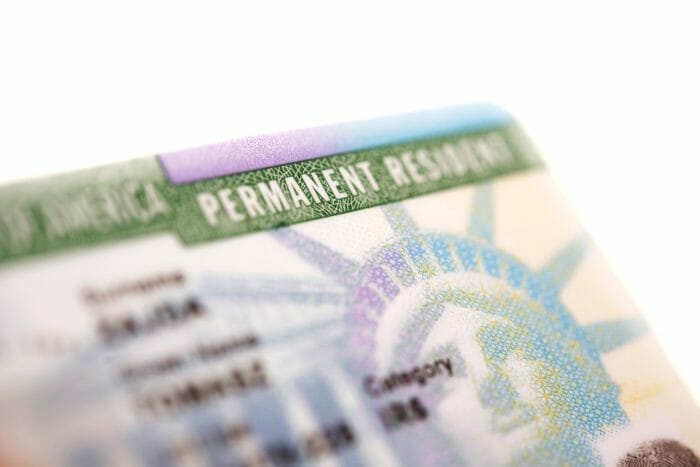
According to recent data from U.S. Citizenship and Immigration Services (USCIS), over 1.2 million Indians are currently waiting for employment-based green cards. This group of highly-skilled professionals and their dependents now face a possibly decades-long wait to obtain permanent residency based on the current backlog.
What the Data Shows
The USCIS figures, analyzed by the National Foundation for American Policy, reflect approved Form I-140s (Immigrant Petition for Alien Worker) as of November 2, 2023. The applicants in question are waiting in the first, second, and third employment-based green card categories (namely, EB-1, EB-2, and EB-3):
| Employment-Based Category | Primary Applicants | Dependents | Total |
| 1st Preference (EB-1 Extraordinary Ability) | 51,249 | 92,248 | 143,497 |
| 2nd Preference (EB-2 Advanced Degree) | 419,392 | 419,392 | 838,784 |
| 3rd Preference (EB-3 Skilled Workers & Professionals) | 138,581 | 138,581 | 277,162 |
| Total | 609,222 | 650,221 | 1,259,443 |
Policy Impacts
Two main immigration policies have contributed to the staggering backlog for Indian applicants. Based on a cap set by Congress back in 1990, only 140,000 employment-based green cards can be issued each year (including dependents). In addition, there is a 7% per-country limit, meaning no one country can account for more than 7% of the total number of green cards issued each year. Due to larger populations, Indian, Chinese, and Filipino nationals are hit the hardest by the per-country limit.
Backlog Challenges
The massive backlog and long wait-times for employment green cards have a negative impact on applicants and their families. Indian workers spend years in immigration limbo, relying on their work visa status to remain in the country. Despite living and working in the U.S. for years, many face having to leave the country if they are laid off or have any trouble maintaining H-1B status. Children of Indian work visa holders are also at risk of “aging out” of dependent permanent residence status if their parents don’t obtain green cards before they turn 21.
In addition to the emotional toll the green card backlog takes on Indian workers and their families, the current system poses a threat to U.S. industries that rely on foreign talent. Long wait-times and immigration uncertainty can make it harder for U.S. companies to retain highly-skilled talent.
Looking Ahead
Without comprehensive immigration reform, the backlog is likely to increase. According to a 2020 report by the Congressional Research Service (CRS), the employment green card backlog for Indians could reach over 2 million by 2030 and take an estimated 195 years to eliminate completely.
Boundless tip
If you’re an HR professional or company leader looking to hire international talent, get access to our business immigration solutions and in-house legal team here.